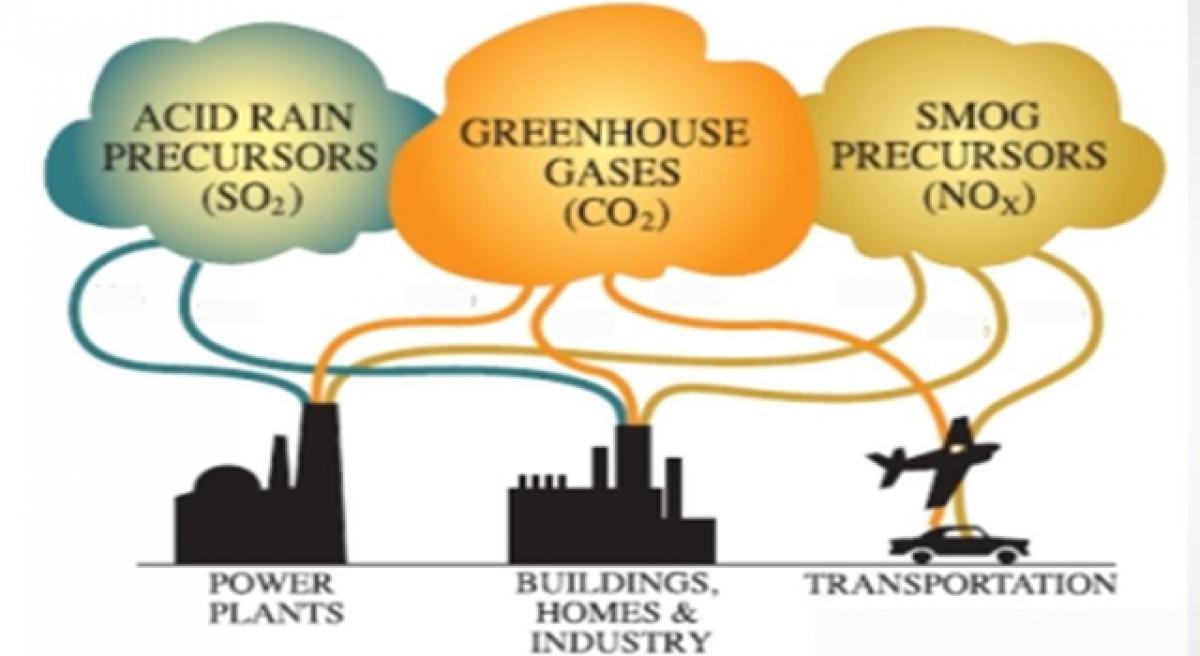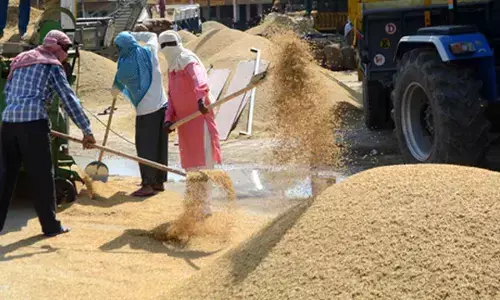Seeing through the smog

The energy path that the country will follow depends on the levers which the Indian government employs to shape its energy mix, including subsidies in the form of fiscal incentives, regulated energy prices and other forms of government support.
With a rising population and fast-growing economy, energy demand in India is increasing rapidly. Is the country embarking upon a clean energy or a fossil fuel-dependent approach to meet this rising demand?
The energy path that the country will follow depends on the levers which the Indian government employs to shape its energy mix, including subsidies in the form of fiscal incentives, regulated energy prices and other forms of government support.
Following a recent comprehensive investigation into these policies, we find that central government energy subsidies were worth Rs 133,841 crore ($20.4 billion) in FY2016. In addition, through the UDAY scheme, state governments were provided a bail-out package for electricity distribution companies worth Rs 170,802 crore over a two-year period in FY16 and FY17.
The biggest subsidies by far still go to fossil fuels and the electricity transmission and distribution (T&D) system, which is largely used by coal-fired power generation.
But trends are also changing: Renewable energy subsidies tripled in the past three years, while oil and gas subsidies fell by almost three quarters (in part due to policy changes and in part due to low oil prices), and coal subsidies remained largely stable.
This, of course, is the past and what matters is the future. Will these trends continue? And does it matter, anyway, if a clean or a dirty energy economy develops?
Well – in addition to representing a big share of taxpayer money – energy subsidies have wide ramifications beyond government budgets. One of the most important is public health.
The central government actually spends more on fossil fuel subsidies than it does on health: In FY16, it is estimated that for each $1 of government expenditure on health, $2.6 went to fossil fuel subsidies.
And yet, air pollution in Delhi and the northern states has been unbearable over the past weeks. Fossil fuels are one of the major causes of air pollution, particularly emissions from transport and coal-fired power plants. Recent estimates claim that outdoor air pollution caused more than a million premature deaths in India in 2016 and the OECD estimates that the economic cost of India's air pollution is more than $800 billion.
These health impacts are also unfair. The worst-affected communities are usually those living around the points of fuel production and combustion, who have the fewest options to cope. A report by medical and public health experts of People First Collective India, for example, found serious health problems among residents living around coal mines and thermal power plants in the Tamnar block of Raigarh district, Chhattisgarh.
A study by HEAL estimates that fossil-fuel subsidy reform in combination with fuel taxation could help India prevent 65 per cent of premature deaths caused through air pollution, which in turn would bring down public expenditure on health and improve national productivity.
Energy subsidies also matter for achieving climate change targets. India's Nationally Determined Contribution (NDC), solidified through the Paris Agreement on climate change, aims to cut emissions intensity by up to 35 per cent and increase the share of power sourced from low-carbon sources to at least 40 per cent of the total generation by 2022.
Furthermore, India's leadership in establishing the International Solar Alliance (ISA), launched at the UN Climate Change Conference in Paris, is betting big on solar and a move away from fossil fuel towards renewables. Energy subsidy policies can make or break the success of these kinds of initiative, for good and bad.
There are, of course, no easy conclusions in a country as large and complicated as India. Some fossil fuel subsidies – such as for LPG cooking gas – help to improve public health by moving households away from biomass cooking fuel and so improving indoor air pollution. Some subsidies, particularly for electricity transmission and distribution, are much-needed to enable energy access.
Increased subsidies for renewable energy is not necessarily a good thing in and of itself. It is only worthwhile if India is getting good value for money and the subsidies encourage competition. Otherwise, they will just undermine the development of the renewable energy market. Subsidies are one policy tool and many others are required to make renewables a success.
These issues confirm the fact that we need better transparency on subsidies and better evaluations of which ones work and which ones don't. Data on state-level subsidies remain poor, and changing policies -- such as the introduction of the GST – requires ongoing reporting to update decision-makers and the public on what has changed.
China and Indonesia, India's largest peers in Asia and fellow members of the G20, have already opted to prepare self-reports and peer reviews on fossil fuel subsidies. Yet more countries are expected to announce reviews in the coming months. And many others will be encouraged to start reporting fossil fuel subsidies under the Sustainable Development Goals (SDGs), a process where India is actively considering how to use and build upon its existing reporting mecahnisms.
Now is a good opportunity for India to provide leadership to others by conducting its own voluntary self-report, and peer review, to help cut through the smog obscuring energy subsidies, and promote a domestic energy policy that is aligned with other national objectives. (Peter Wooders is Energy Group Director and Vibhuti Garg an Associate at the International Institute for Sustainable Development)
By Peter Wooders & Vibhuti Garg

















